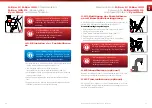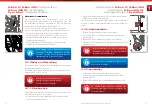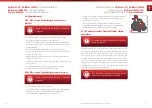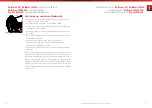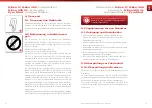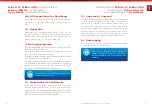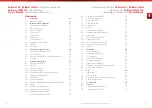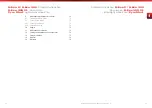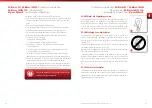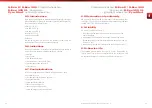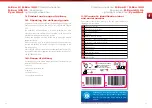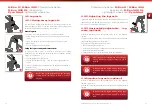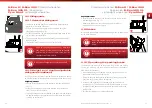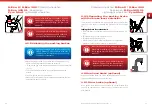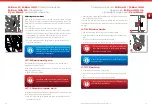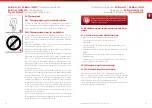
Bischoff & Bischoff GmbH |2021-07-27 Revision: 4
47
46
S-Eco 2 | S-Eco 300
| Standard wheelchair
S-Eco 300 XL
| Special size
Pyro Start
| Lightweight wheelchair
Standard wheelchair |
S-Eco 2 | S-Eco 300
Special size |
S-Eco 300 XL
Lightweight wheelchair |
Pyro Start
EN
•
When on roads, observe the road traffic regulations.
•
Each time, before setting off, check the reflectors of your wheelchair
to make sure they are not damaged and are visible for other road
users.
•
Only use the parking brakes when parking.
•
The seating materials are frame resistant. Please keep cigarettes
and other possible ignition sources away from your product.
•
Observe the storage and operating conditions (see Chapter 7)
•
When transferring between the wheelchair and the bed (see
Chapter 6.1 and 6.2) always
•
apply both parking brakes
•
flip footplate up or swing the legrests away
•
Notification of incidents. The provider or user must report
1. Any malfunction
2. Any change in the characteristics or performance as well as
3. Any inadequacy in the labelling or
instructions for use of a medical product, which has led or could
lead to death or a severe deterioration in the health condition of a
patient, an employee or a third party, must be reported immediately
to your appropriate state authority responsible for medical
products. They will pass the report on to the authority responsible
for the provider immediately and will also inform the manufacturer
and the authority responsible for the manufacturer.
Protect the wheelchair from sunlight to avoid burns
caused by heated components
2.2. Risk of tipping over
The anti-tip wheels which are fitted on both sides (see Chapter 4.11)
will largely prevent the wheelchair from tipping over backwards.
However please note that driving with anti-tip wheels is only possible
in a limited way on ground with different levels, lift platforms and
ramps. Make sure there is sufficient gap at the top, bottom and sides.
2.3. Safety in vehicles
To see whether your wheelchair is permitted for use as a seat in a
vehicle for transporting individuals with impaired mobility or not,
you can refer to the symbols on the product’s identification label (see
Chapter 3.3):
Wheelchair is designed for use as a seat in a vehicle for transporting
individuals with impaired mobility (Fig. A)
Wheelchair is not designed for use as a seat in a vehicle for transporting
individuals with impaired mobility (Fig. B)
If your wheelchair is not designed to be used as a seat in a vehicle,
under no circumstances must it be used as such. It does not fulfil the
requirements in compliance with ISO 7176-19. Violation can cause the
most serious injuries resulting in death in the case of an accident (Fig.
B).
2.4. Use on roads
The wheelchair is designed for indoor and outdoor use. Please note
that when you drive on public roads you must comply with road traffic
regulations. Do not endanger other users through reckless driving, this
applies particularly on pavements.
A
B


